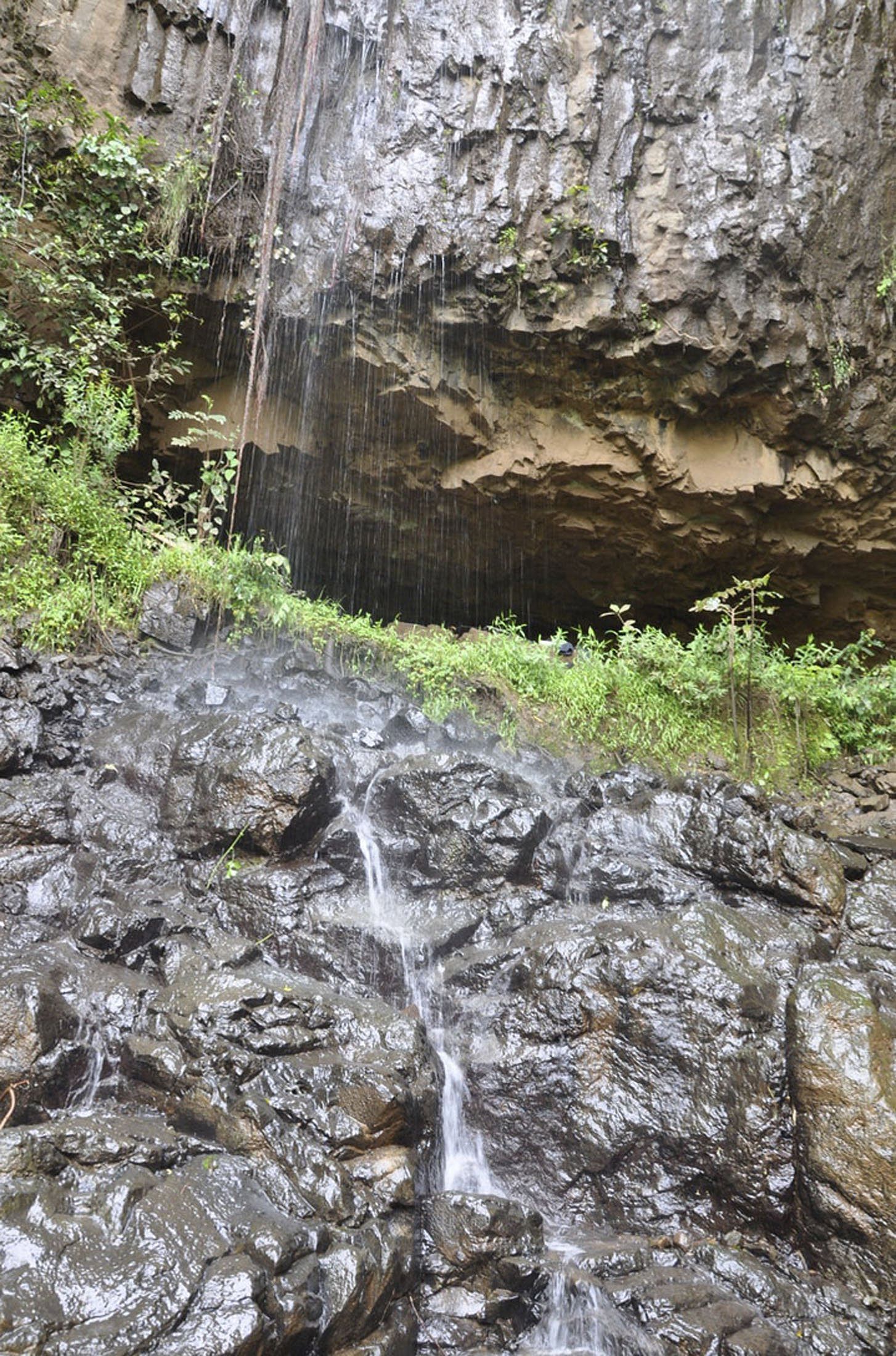WASHINGTON • A team of scientists have reported that they had recovered the genome from a 4,500-year-old human skeleton in Ethiopia - the first time a complete assemblage of DNA has been retrieved from an ancient human in Africa. The DNA of the Ethiopian fossil is strikingly different from that of living Africans.
Writing in the journal Science, the researchers conclude that people from the Near East spread to Africa 3,000 years ago. In later generations, their DNA ended up scattered across the continent.
"It's a major milestone for the field," said Assistant Professor Joseph Pickrell, an expert on ancient DNA who was not involved in the new study.

For decades, scientists had doubted that ancient DNA could survive in the tropics. The new study raises hopes that scientists can recover far older human genomes from Africa, perhaps dating back one million years or more.
"I would bet it's not that far in the future," said palaeoanthropologist Lee Berger.
In the 1980s, few scientists would have believed it possible to reconstruct an entire genome from the DNA in a fossil. Once a human or other animal dies, its DNA starts to fall apart. Bacteria swiftly colonise the corpse, overwhelming it with their own DNA.
But by the 1990s, scientists were beginning to retrieve fragments of DNA and piece them together into longer segments.
In 2010, researchers assembled the genome of a Neanderthal from 38,000-year-old fossils from Croatia. In many other cases, researchers failed to find ancient DNA in human fossils.
Because it was widely suspected that the heat and humidity in the tropics would destroy genetic material, many scientists flocked to places like Siberia to search for ancient DNA. That scepticism proved to be unwarranted.
In recent years, University College Dublin archaeologist Ron Pinhasi and his colleagues have been surveying different bones to see if any are particularly good for preserving DNA.
They found that the bone surrounding the inner ear can hold an abundance of genetic material even when other bones have lost theirs.
As they reported last year, the scientists were able to pull out genomes from the ear bones of hundreds of Europeans who lived thousands of years ago. Their success gave them hope that they might be able to rescue ancient DNA from African skeletons as well.
They got their chance when archaeologists John Arthur and Kathryn Weedman Arthur and their colleagues uncovered the skeleton of a man in a cave in the highlands of southern Ethiopia.
Mota, as the scientists refer to the man, was laid out in a ceremonial burial. His head rested on a pillow-like stone, his hands were folded under his body and he was surrounded by stone tools.
The researchers sent Professor Pinhasi a sample of the inner ear bone, hoping that he and his colleagues could fish out some DNA. They extracted enough DNA to reconstruct Mota's entire genome.
Prof Pinhasi and his colleagues also got some clues about what Mota was like by looking at some of his genes. He was probably brown-skinned and had brown eyes, for example. He also had genetic adaptations for living at high altitudes - the same adaptations found in Ethiopian highlanders today.
NEW YORK TIMES
